Table of Content
Office table design plays a vital role in creating a functional and inspiring workspace. It sets the foundation for productivity, organization, and employee well-being. In this comprehensive blog, we will explore the best tools and elements of office table design, discussing their importance and how they contribute to an efficient and aesthetically pleasing work environment. Whether you are setting up a new office or revamping your existing workspace, these essential elements will guide you in creating an office table design that maximizes productivity and enhances employee satisfaction.
Ergonomic Considerations: Prioritizing Employee Comfort and Health
Ergonomics is a critical aspect of office table design that focuses on creating a workspace that supports the well-being of employees. Consider the following tools and elements: Adjustable Height Mechanism: Incorporate office tables with height-adjustable features to accommodate different user preferences and promote proper posture. This enables employees to switch between sitting and standing positions, reducing the risk of musculoskeletal disorders and improving overall comfort. Ergonomic Chairs: Pair your office table design with ergonomic chairs that provide proper lumbar support, adjustable features, and comfortable seating. This combination reduces strain on the body during extended work hours and promotes good posture. [caption id="attachment_7607" align="aligncenter" width="1200"]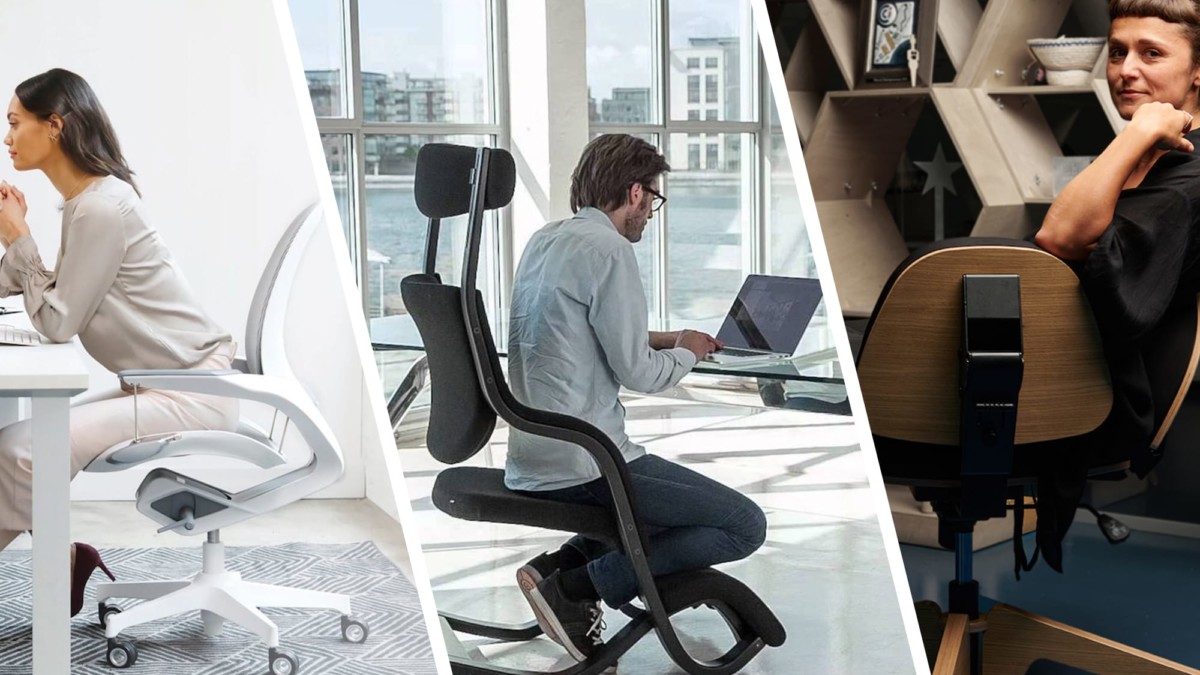 Ergonomic Considerations: Prioritizing Employee Comfort and Health[/caption]
Monitor Arms: Mounting monitors on adjustable arms allows employees to position their screens at eye level, reducing neck and eye strain. This promotes better ergonomics and enhances productivity.
Ergonomic Considerations: Prioritizing Employee Comfort and Health[/caption]
Monitor Arms: Mounting monitors on adjustable arms allows employees to position their screens at eye level, reducing neck and eye strain. This promotes better ergonomics and enhances productivity.
Efficient Storage Solutions: Enhancing Organization and Workflow
Efficient storage solutions are essential for maintaining a clutter-free and well-organized workspace. Consider the following tools and elements: Integrated Drawers and Shelves: Opt for office tables with built-in drawers and shelves to store stationery, documents, and personal items. These storage compartments keep essential items within reach, minimizing distractions and maximizing efficiency. File Cabinets: Incorporate file cabinets or mobile pedestals to organize important documents and files. This ensures easy access and prevents desk clutter. Read More: The Artistry of Indian Main Door Designs [caption id="attachment_7601" align="aligncenter" width="1800"]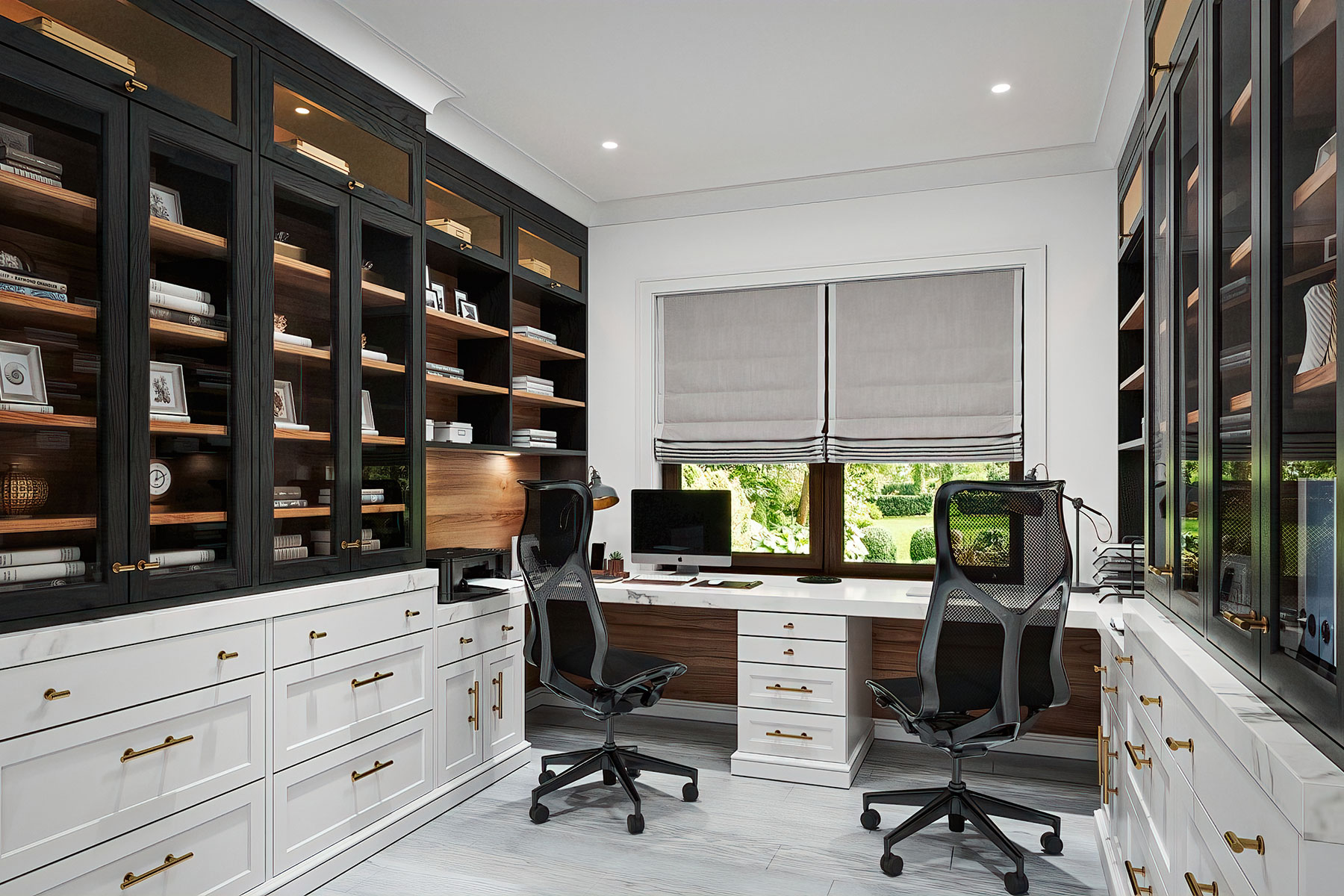 Efficient Storage Solutions: Enhancing Organization and Workflow[/caption]
Cable Management Systems: Integrate cable management tools such as cable trays, grommets, or wire clips to organize and conceal cables. This prevents tangling, reduces tripping hazards, and promotes a clean and professional look.
Efficient Storage Solutions: Enhancing Organization and Workflow[/caption]
Cable Management Systems: Integrate cable management tools such as cable trays, grommets, or wire clips to organize and conceal cables. This prevents tangling, reduces tripping hazards, and promotes a clean and professional look.
Technology Integration: Promoting Connectivity and Functionality
Seamless integration of technology is crucial for an efficient and connected workspace. Consider the following tools and elements: Power Outlets and USB Ports: Install built-in power outlets and USB ports directly into the office table, allowing employees to conveniently charge their devices and connect peripherals without the need for additional adapters or extension cords. Cable Routing Solutions: Provide easy access to cable routing options, such as cable channels or trays, to ensure a clean and organized workspace. This minimizes cable clutter and facilitates efficient cable management. Read More: Sliding Gate Design: Enhancing Security and Style [caption id="attachment_7608" align="aligncenter" width="1920"]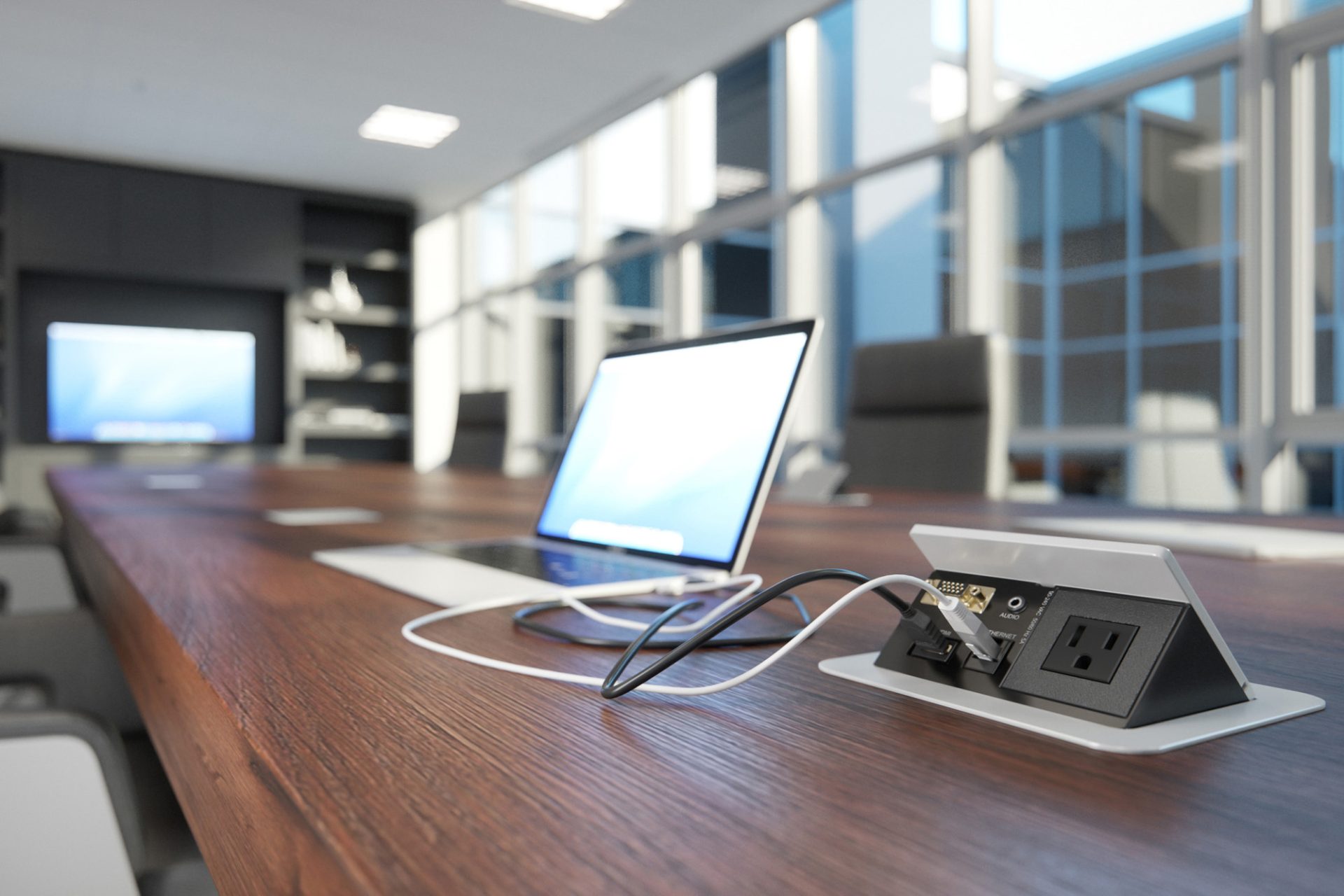 Technology Integration: Promoting Connectivity and Functionality[/caption]
Cable Management Boxes: Utilize cable management boxes to neatly store excess cables and power adapters, keeping the workspace tidy and free from tripping hazards.
Aesthetic Elements: Reflecting Style and Brand Identity
Office table design should align with the overall aesthetic of the workspace and reflect the company's brand identity. Consider the following tools and elements:
Material Selection: Choose high-quality materials that complement the desired aesthetic, such as wood, glass, or metal. Each material offers unique characteristics, textures, and visual appeal.
Color Palette: Select colors that align with the company's branding and create a harmonious and inviting work environment. Consider using accent colors to add visual interest and promote a positive atmosphere.
[caption id="attachment_7600" align="aligncenter" width="1000"]
Technology Integration: Promoting Connectivity and Functionality[/caption]
Cable Management Boxes: Utilize cable management boxes to neatly store excess cables and power adapters, keeping the workspace tidy and free from tripping hazards.
Aesthetic Elements: Reflecting Style and Brand Identity
Office table design should align with the overall aesthetic of the workspace and reflect the company's brand identity. Consider the following tools and elements:
Material Selection: Choose high-quality materials that complement the desired aesthetic, such as wood, glass, or metal. Each material offers unique characteristics, textures, and visual appeal.
Color Palette: Select colors that align with the company's branding and create a harmonious and inviting work environment. Consider using accent colors to add visual interest and promote a positive atmosphere.
[caption id="attachment_7600" align="aligncenter" width="1000"] Aesthetic Elements: Reflecting Style and Brand Identity[/caption]
Personalization: Allow employees to personalize their workspace by incorporating elements such as desk accessories, plants, or artwork. This fosters a sense of ownership and boosts employee morale.
Designing an office table that encompasses ergonomic considerations, efficient storage solutions, technology integration, and aesthetic elements is essential for creating a productive and visually appealing workspace. By incorporating the right tools and elements, you can enhance employee well-being, improve organization, and reflect your brand identity.
Read More: Exploring 3 Bedroom House Plans: Dream Home
Aesthetic Elements: Reflecting Style and Brand Identity[/caption]
Personalization: Allow employees to personalize their workspace by incorporating elements such as desk accessories, plants, or artwork. This fosters a sense of ownership and boosts employee morale.
Designing an office table that encompasses ergonomic considerations, efficient storage solutions, technology integration, and aesthetic elements is essential for creating a productive and visually appealing workspace. By incorporating the right tools and elements, you can enhance employee well-being, improve organization, and reflect your brand identity.
Read More: Exploring 3 Bedroom House Plans: Dream Home

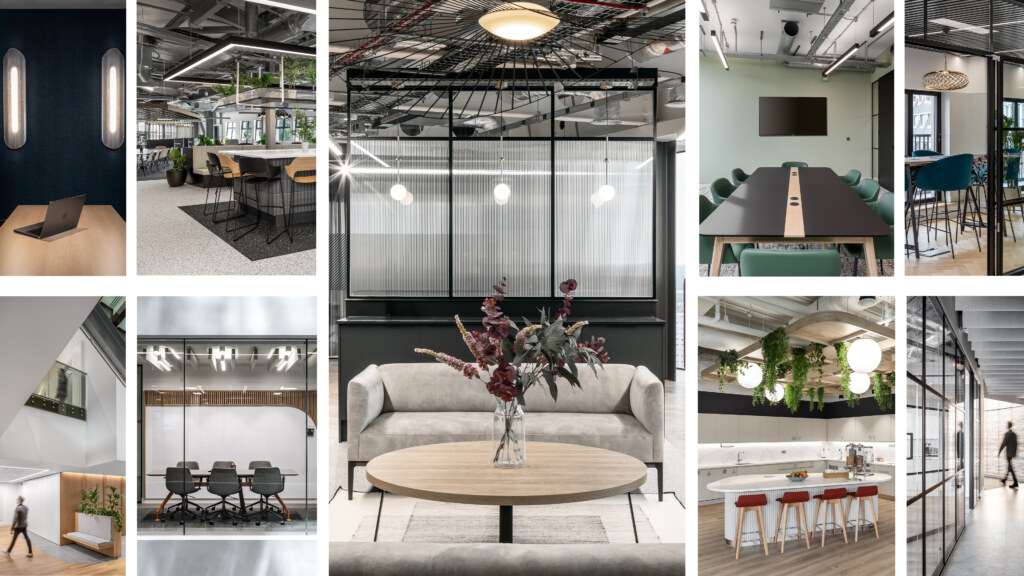

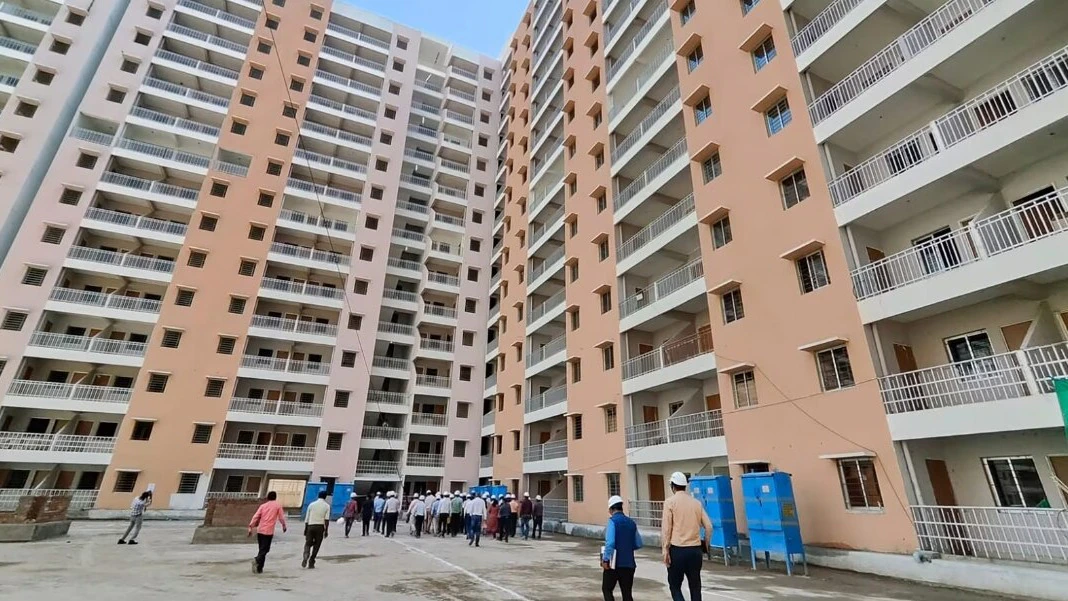

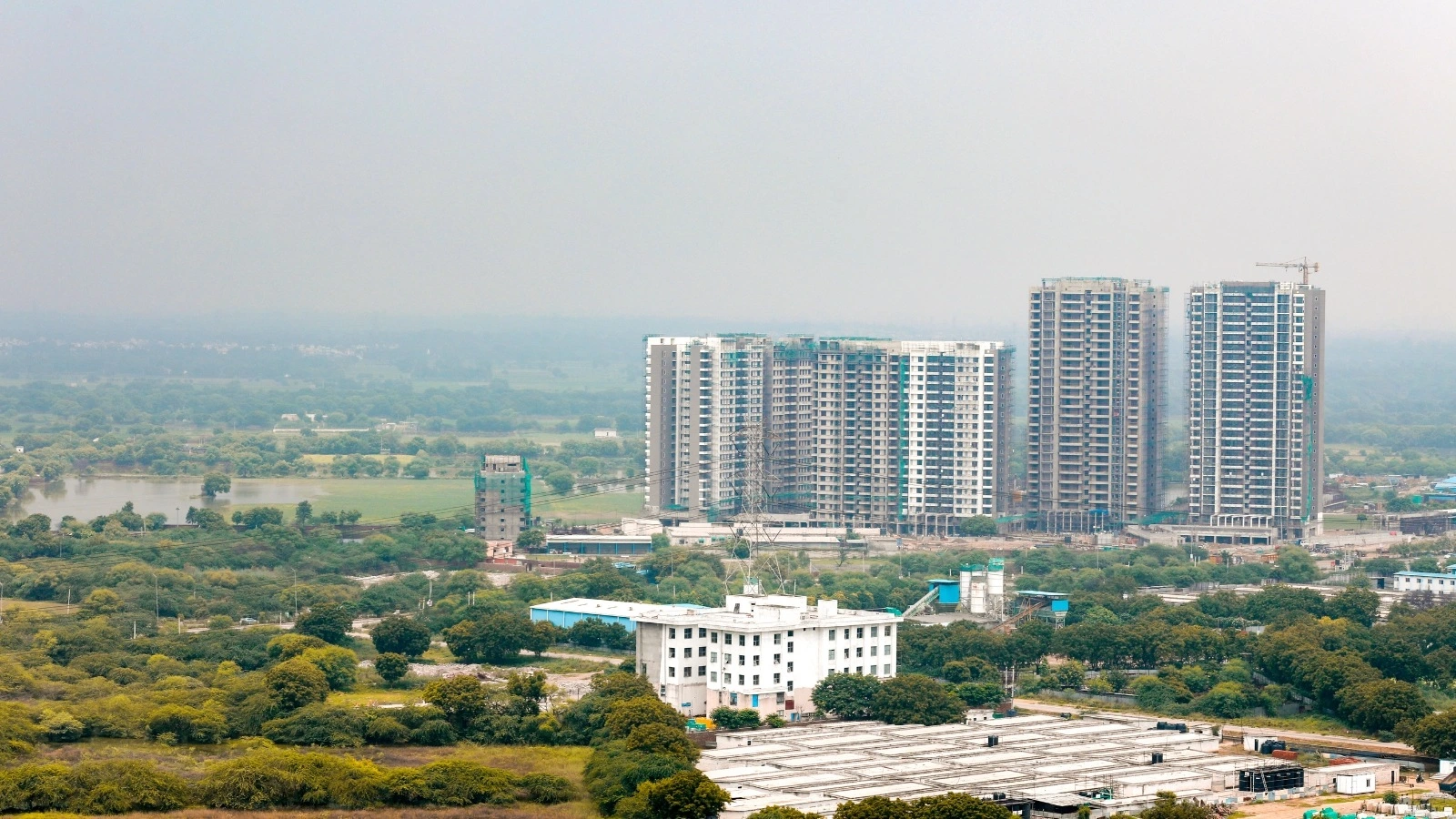


_1766133697.webp)